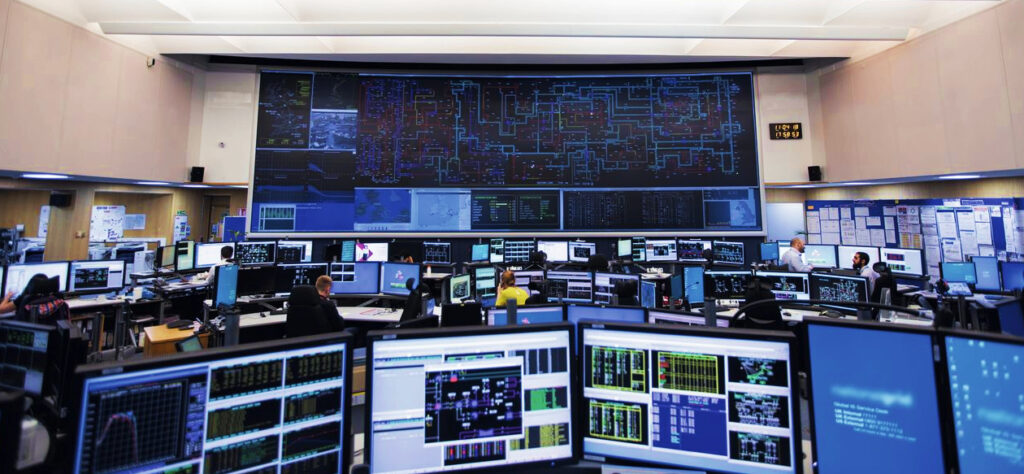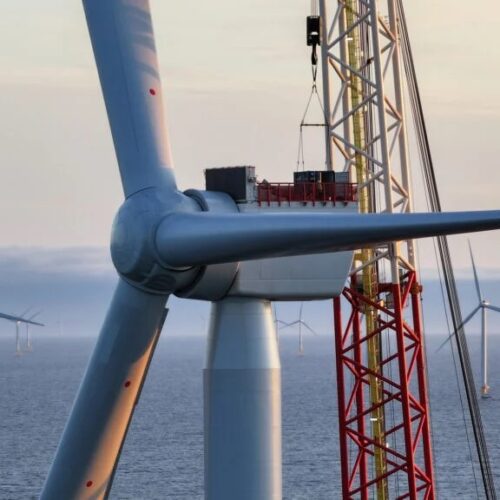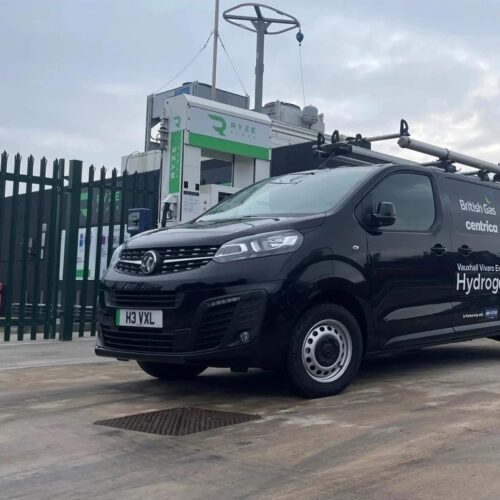The National Grid ESO has said that its five-point plan to speed up electricity grid connections will cut waiting times for 70% of projects due to connect after 2026 by two to ten years.
The ESO said this will speed up connections for 95GW of energy storage projects in the pipeline, and that they will also be reviewing contracts to make sure parties looking to connect to the grid in the next two to three years are on track to meet their connection dates.
In an update on the progress of their five-point plan, the ESO said there were currently 280GW of projects which have applied to connect to the transmission system, and 83GW of transmission already plugged into the grid.
The five-point plan is allowing companies to leave the grid connection queue without incurring penalties. The ESO said there were 8GW of interest in this, and it is now working to approve these contract terminations.
The ESO has also updated how they calculate project connection dates, and is working with Transmission Owners to update existing contracts with new Construction Planning Assumptions (CPAs).
The plan also includes recalculating the impact of battery and other energy storage on the grid, developing new contractural terms for connection contracts to manage the queue more efficiently, and lastly to allow projects to connect to the grid more quickly.
The deadline for customers in the connections queue to express their interest in moving connection dates forward, as well as ask for non-firm (restricted access) offers, is Monday 15 May.
— National Grid ESO (@NationalGridESO) May 12, 2023
Apply to bring your connection date forward: https://t.co/Wkhj9KAkhS pic.twitter.com/TcalzXz2Xj
The energy storage changes are a key component to increasing the speed of connections, said Stephen Walker, senior media manager at National Grid ESO. Energy storage projects will be treated as 0MW and allowed to connect to the grid more quickly, giving the grid greater capacity and flexibility. However, to ensure system security, these projects may be told to reduce their output infrequently.
“The big news that we wanted to make clear is that for those projects that have connection dates after 2026, there’s action we are taking that will hopefully mean that they will have an improved connection date,” Walker said.
“This process, first come first served, was good when it was designed, but we’re getting thousands of applications to the grid and the process needs to move with the times.
“Not all of the solutions are things we can do within our gift at the ESO, and that’s where we’ve mentioned longer term reforms, and that involves working with other parts of the energy sector, the energy regulator, and government as well. That’s obviously going to be the next stage of coming up with what are the solutions, what regulations can we change, what code modifications can be made to try and really bring this connections process into the 21st century,” Walker added.
Yesterday, National Grid called for a “fundamental step-change” in the scale and pace of delivering new electricity network infrastructure and released a briefing outlining five priority areas which require action so that the UK can maintain its “competitive advantage.”
National Grid Electricity Transmission (ET) and the Electricity System Operator (ESO) are now separate businesses, operating within the National Grid group.
Grid connections had been explored as part of the Current± Explores: The Grid Connection Conundrum mini-series. This included input from National Grid ESO, Ofgem, the Energy Networks Association (ENA) and more. Click here to read the first article.






